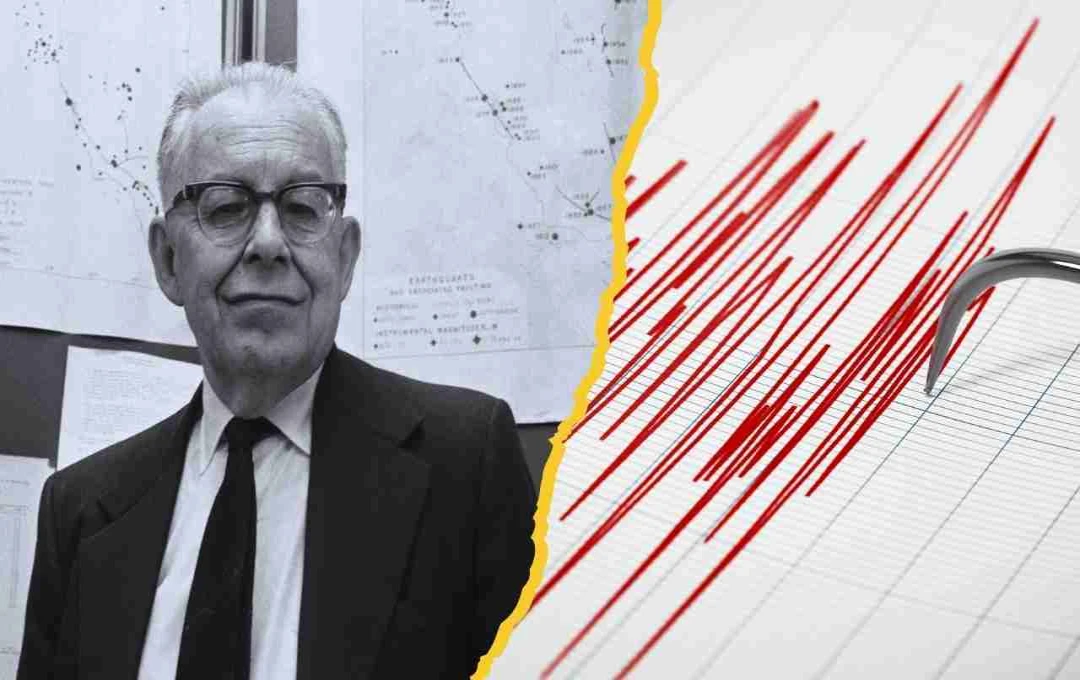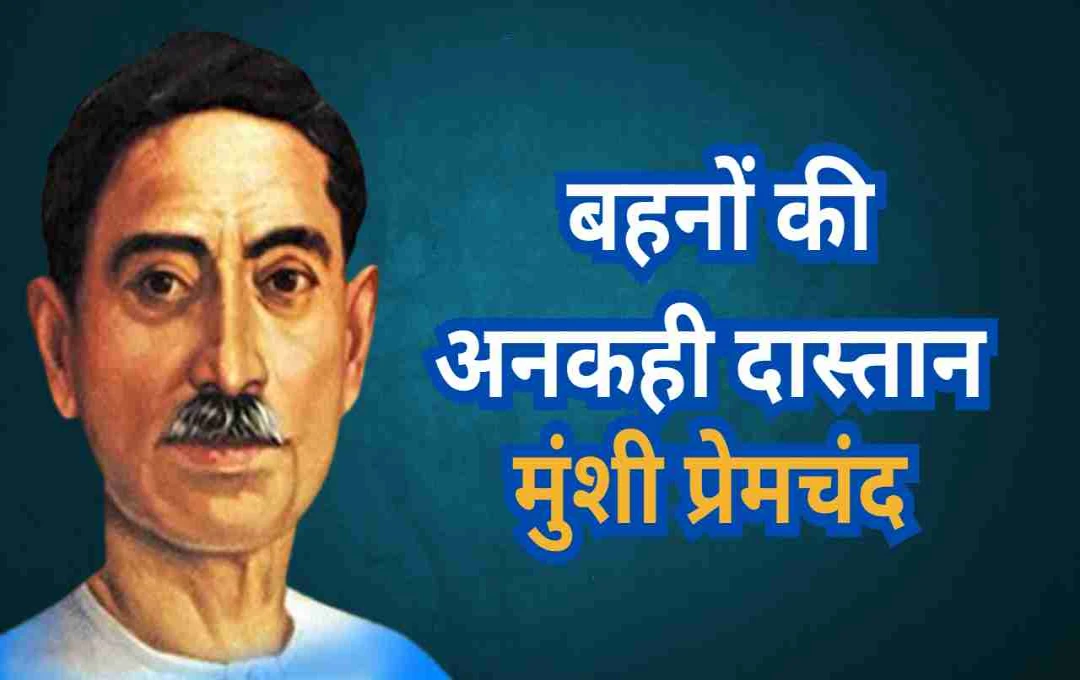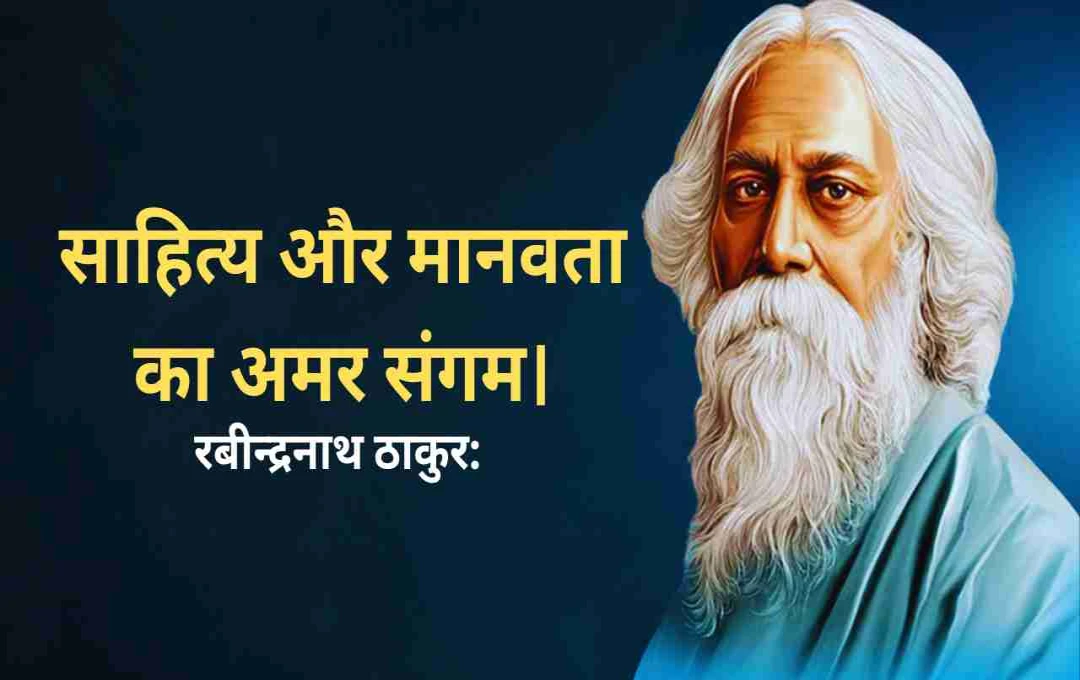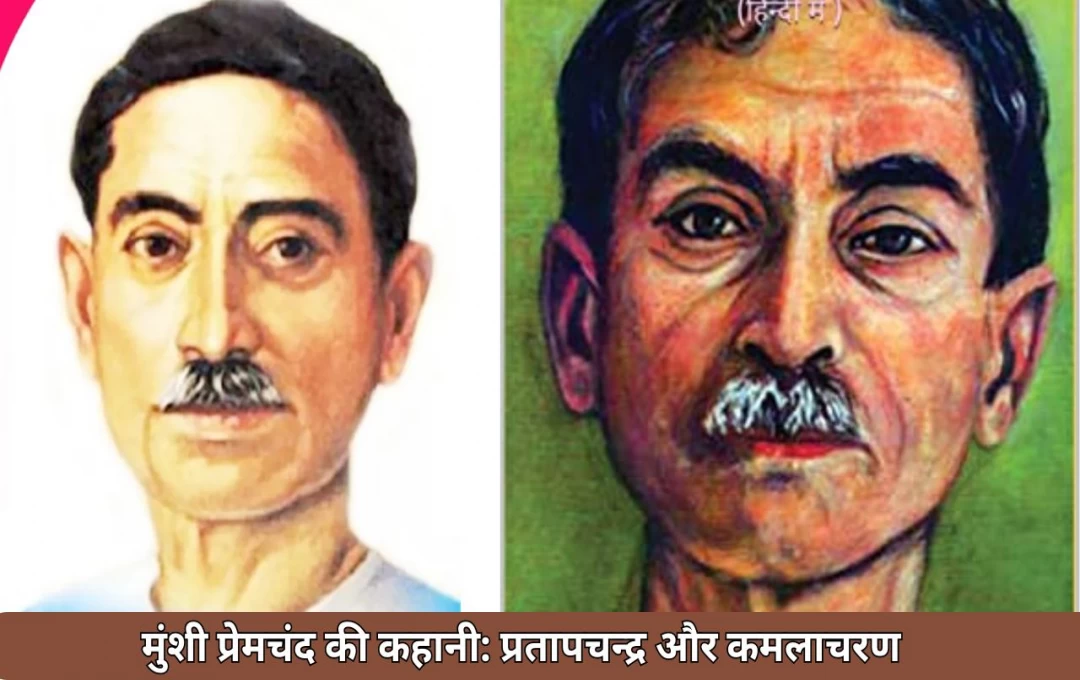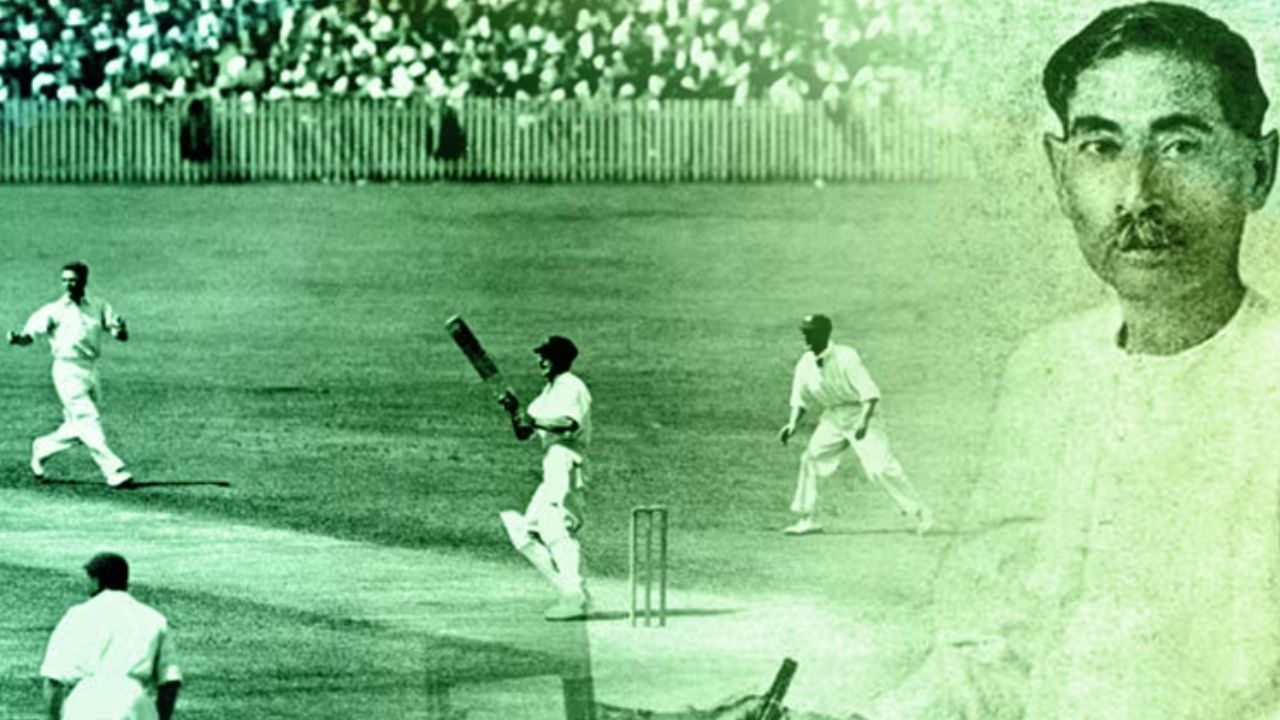Charles Francis Richter—a name synonymous with revolutionizing the world of seismology. While the general public may only know him in reference to the 'Richter Scale,' his contributions extend far beyond simply measuring earthquake intensity. He not only steered scientific instruments in a new direction but also helped society understand how to predict and assess natural disasters.
Early Life and Education: From a Small Town to Scientific Heights
Charles Francis Richter was born on April 26, 1900, in Overpeck, a small village in Ohio. His family life was complex; his parents divorced during his early childhood, after which he moved to Los Angeles with his mother and maternal grandfather. It was here that he began his academic journey, graduating from Los Angeles High School and then enrolling at Stanford University. During his studies at Stanford, he developed a deep interest in seismology. Later, he worked under the direction of Beno Gutenberg at the California Institute of Technology (Caltech) in Pasadena, a step that proved decisive in shaping his scientific career.
Stepping Towards Seismology: A New Era of Measurement

At the beginning of the 20th century, there was no precise scientific scale for measuring earthquakes. At that time, only the Mercalli scale was in use, which assessed the intensity of earthquakes based on human experience and damage to buildings. However, its biggest drawback was that it was entirely subjective. Charles Richter and Beno Gutenberg worked together to find a solution to this problem and developed the Richter scale in 1935. The special feature of this scale was that it recorded the intensity of the earthquake with the help of a seismograph and was based on logarithmic calculations. This meant that an earthquake with a magnitude of 6.0 releases ten times more energy than an earthquake with a magnitude of 5.0.
The Richter scale was an absolute measurement system and took into account both the epicenter of the earthquake and its impact on the Earth's surface. It gave earthquake measurement a scientific basis and established a standard throughout the world.
Gutenberg's Contribution and the Naming Controversy
Although the Richter scale was originally the result of a partnership between Richter and Gutenberg, Gutenberg's name was not initially added to the scale. This was because Gutenberg avoided public interviews and media appearances. However, Richter later admitted that this work would not have been possible without Gutenberg and also demanded that his colleague be given due recognition.
Research and Teaching: A Commitment to Sharing Knowledge
Richter was not only a researcher but also a dedicated teacher. He taught at Caltech for a long time and published a book called "Elementary Seismology" in 1958, which is still considered a standard text for seismology students and researchers today. He served as a Fulbright Scholar in Japan and collaborated with seismologists there. He also actively campaigned for improvements in building codes, leading many municipalities to make earthquake-resistant changes to their construction framework.
Features and Impact of the Richter Scale
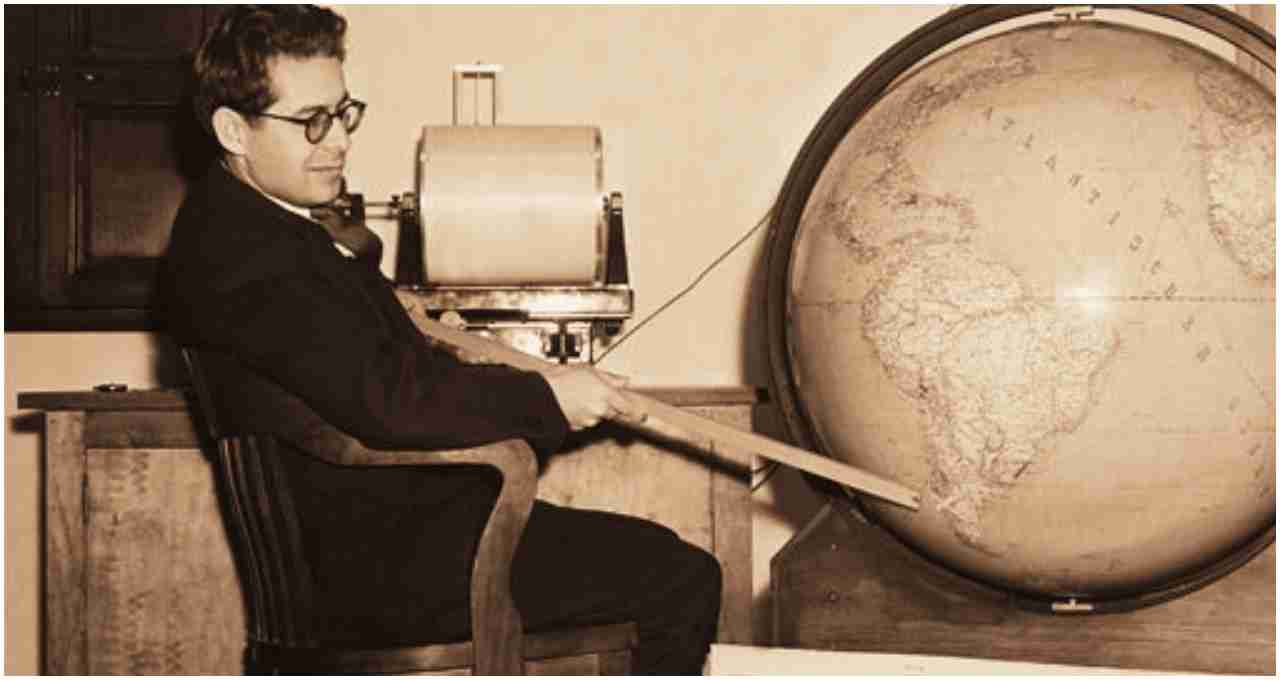
The Richter Scale not only changed the way earthquakes were measured but also helped improve disaster management policies and strategies worldwide. This scale gave scientists the power to accurately estimate the intensity, impact area, and potential damage of an earthquake. Its logarithmic structure made it extremely powerful and useful. For example, if one earthquake has a magnitude of 7.0 and another has a magnitude of 5.0, the difference is not just two digits, but a hundredfold difference in energy. Although many other measurement systems such as the Moment Magnitude Scale were developed later, the Richter Scale is still the most prevalent in common language and media for describing earthquake intensity.
Personal Life: A Human Beyond Science
Charles Richter's life was not limited to science. He was a declared naturist—meaning he considered a natural lifestyle, especially nudity, to be an easy and natural way of life. He and his wife traveled to many naturist resorts. His wife passed away in 1972, after which he lived a reclusive life. He died of heart failure in 1985 at the age of 85 and was buried in Mountain View Cemetery in California.
Legacy: An Indelible Mark on the Land of Science
Charles Francis Richter's greatest legacy is that he provided a system that continues to help save millions of lives today. His thinking and scientific method for understanding and dealing with natural disasters like earthquakes are still relevant today. His life story proves that science can play a role not only in laboratories but also in the safety and development of society. He showed how scientific thinking can be linked to policy, urban development, and disaster management.
Charles Francis Richter was not just a scientist but a visionary. He did not limit seismology to just instruments and calculations, but saw it as connected to life, safety, and social structure. The Richter Scale he created not only gave science accuracy but also provided society with understanding and awareness.
